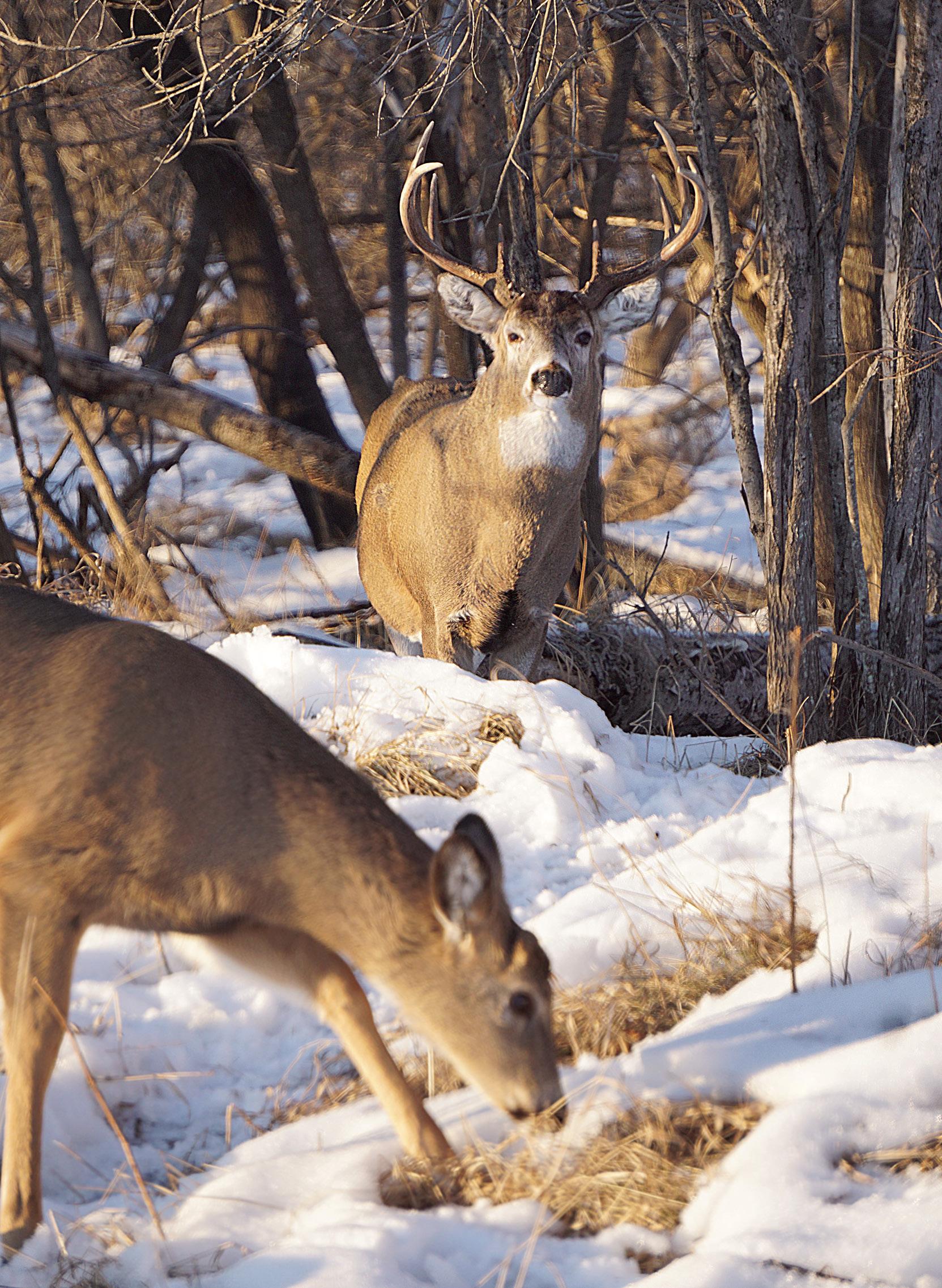
1 minute read
Northern Trails
Northern Trails Moose and deer numbers may improve
By Gord Ellis
Advertisement
The past decade has been a time of change for moose and deer populations in Northwestern Ontario. At the beginning of the 2000s, both moose and deer populations in the northwest were relatively stable, with whitetail deer spreading throughout the range.
Then, things began to change. Here is a look at what happened and where things are at now.
Deer
Two decades ago, Northwestern Ontario was quickly becoming the go-to destination for trophy whitetail bucks in North America. Deer were thriving in many parts of the northwest, with the populations especially booming in the Fort Frances, Kenora and Dryden areas. The western part of the region has a slightly more moderate climate for deer than the North Shore of Lake Superior, although the Thunder Bay district also saw a huge growth in its deer herd. Part of this spread seemed to be connected to generally milder winters, which improved survival of deer. The other factor that likely played a role on the expansion of deer numbers was the high level of forestry that was taking place at the time.
In the early 2000s, I was hunting in the Vermilion Bay area, and large tracts of red pine were being cut. The disturbance seemed to be good for deer, and we had some tremendous deer hunting for several years in these new cuts. However, the two-edged sword of large cuts is access improves for hunters and for predators.
By 2010, the deer population in the northwest peaked, although there was no sign that a big decline was coming. In fact, there was already enough concern about the impact deer were having on moose that the Ontario Ministry of Natural Resources and Forestry introduced a program that allowed hunters to buy two extra antlerless deer tags per Wildlife Management Unit (up to eight in total per hunter). This program remains in place in 2020. However, after a series of hard winters and late springs during the winters of 2013 and 2014, deer numbers across the northwest took a sharp dive. Very few areas were not impacted, with the deer herd along the shore of Lake Superior being especially hard hit.
It’s been a slow climb back, but deer numbers in 2020 seem to be on the upswing across the northwest. I’ve talked










